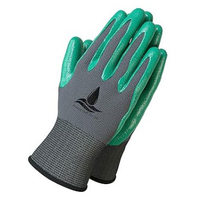9 perennial flowers to plant in April for blooms year after year
Flowers for now, next year and beyond
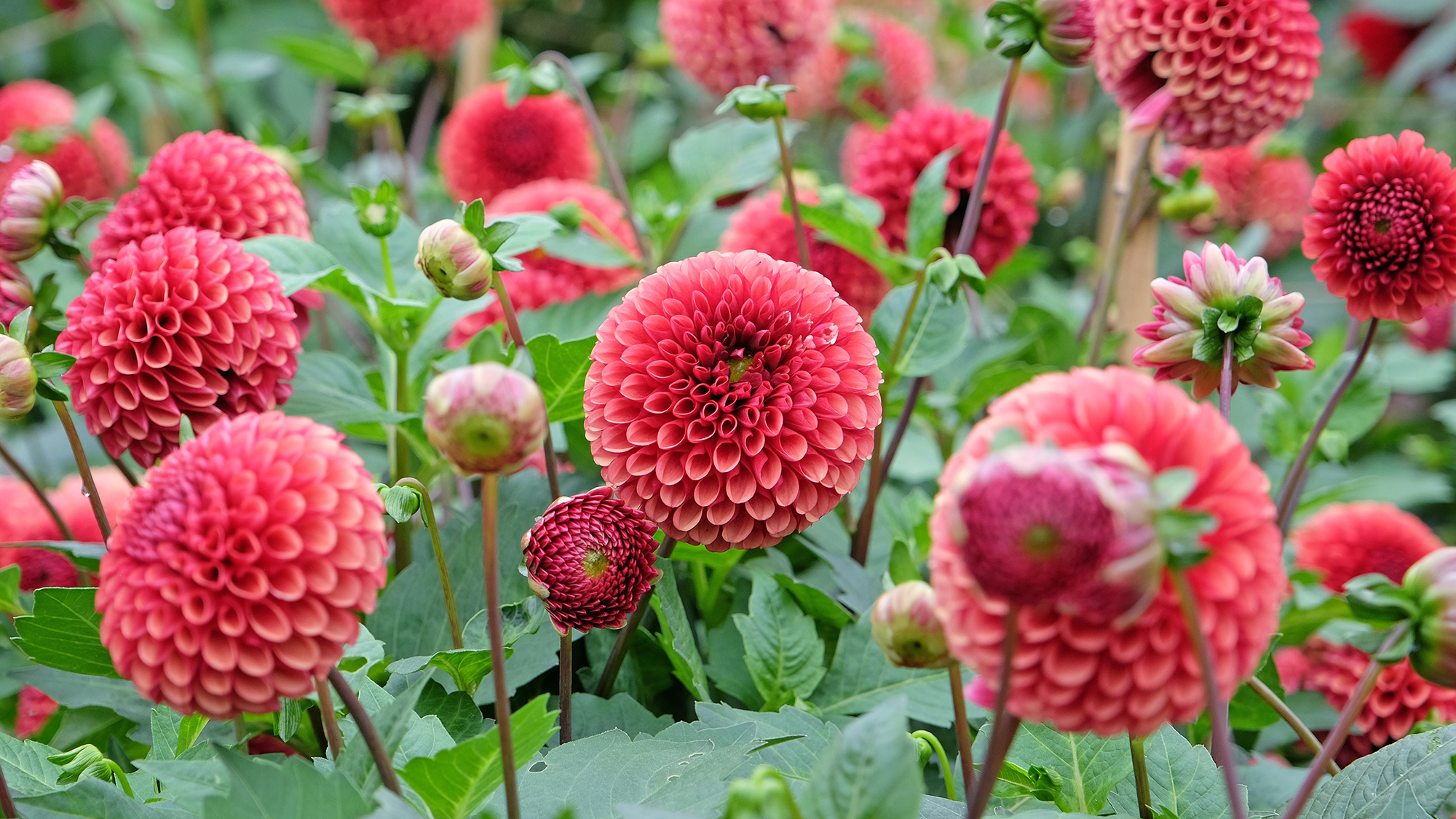
A lot of winter gardening is about getting the garden ready for spring. It’s not the most exciting or glamorous work, but it allows you to dive right into the good stuff once the season turns. And the good news — the arrival of April means that spring is finally here.
In most regions, April brings warmer weather, thawed soil, the end of frosts, and more sunlight. In short, April is a great month to get planting and growing.
If growing from seed, then spring planting is generally better suited to summer-flowering species or plants that bloom in their second year, as it gives them more time to root and mature. However, there are a few quick-growing varieties that might add some color to your garden in a number of weeks. Whether you’re starting from scratch or supplementing an existing planting scheme, there are lots of options available.
Within those varieties, perennials are a great choice for April planting. So, what is a perennial? It’s a plant that lives for more than two years — meaning that you can plant it today and enjoy the flowers for several blooming seasons.
Many species don’t require much maintenance during the fall and winter. They naturally die back, then regrow in the spring. But by taking the time to get them established in your garden this month, you can set them up for years of flowering success. So make sure you’re picking perennials to plant this April that you’ll want to enjoy year after year!
Here are 9 perennials that I recommend planting in April, so get your best gardening gloves on and start gardening.
1. Sweet peas
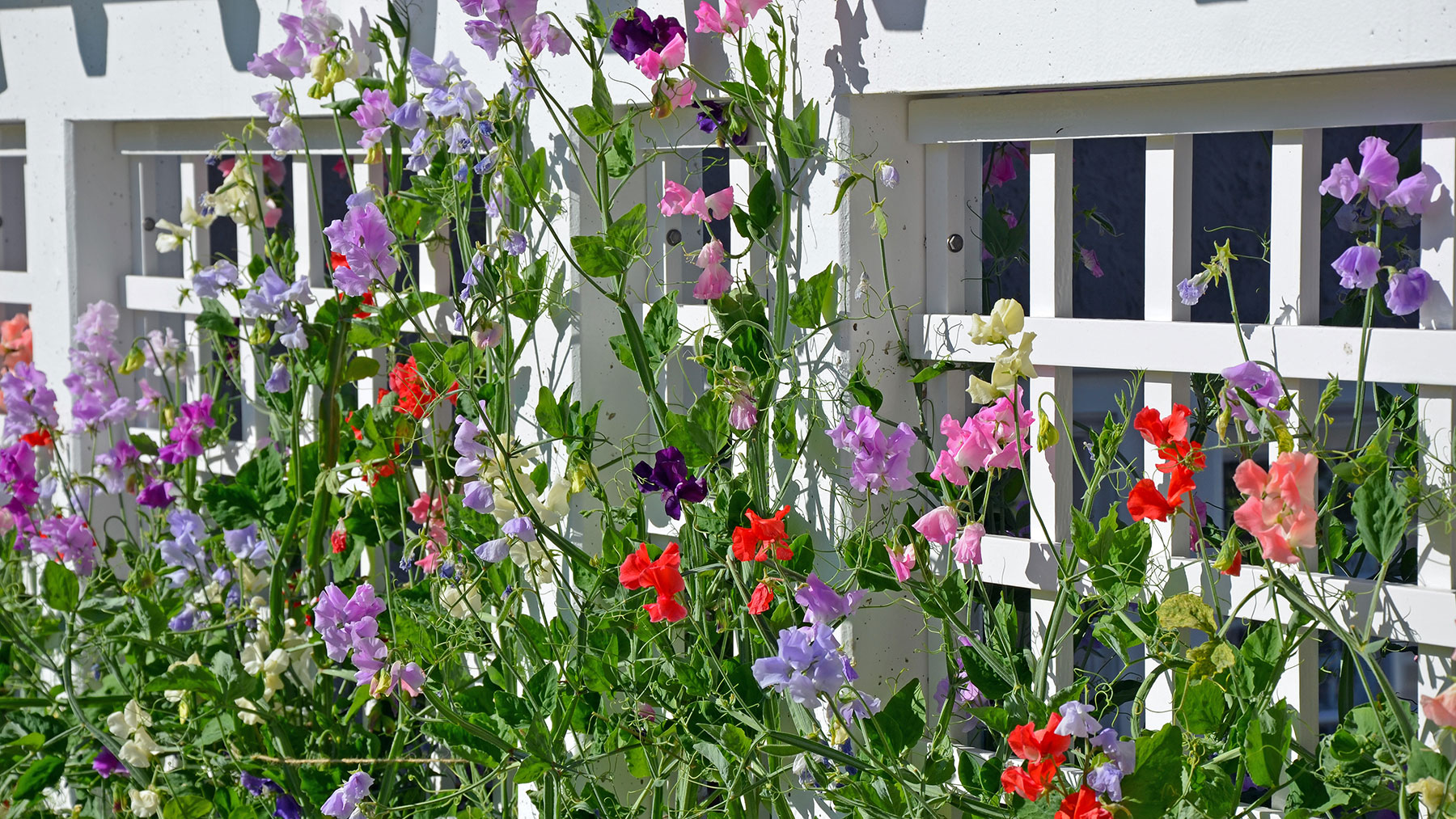
Sweet in appearance as well as name, perennial sweet peas are a vining plant that can grow several feet in length. Their flowers are most commonly pink or white and are characterized by just a few large, fluttery petals. As they are vines, sweet peas are well suited to be grown along a trellis or up a wall, in a brightly lit area.
While they may look delicate, this plant is surprisingly hardy and is suitable for zones 3-9, once the worst frosts are finished. Sweet pea seeds can be directly sown outdoors in early April and should be clustered together in groups of 3 or so; you can thin out any weaker members of the crop once they’ve germinated.
Sign up to get the BEST of Tom's Guide direct to your inbox.
Get instant access to breaking news, the hottest reviews, great deals and helpful tips.
These garden gloves are made of nylon and nitrile and come in three sizes — small, medium and large. They offer excellent non-slip properties, are comfortable around the wrist, breathable and machine washable. At Tom's Guide, we recommend them as the best overall gardening glove.
2. Dahlias
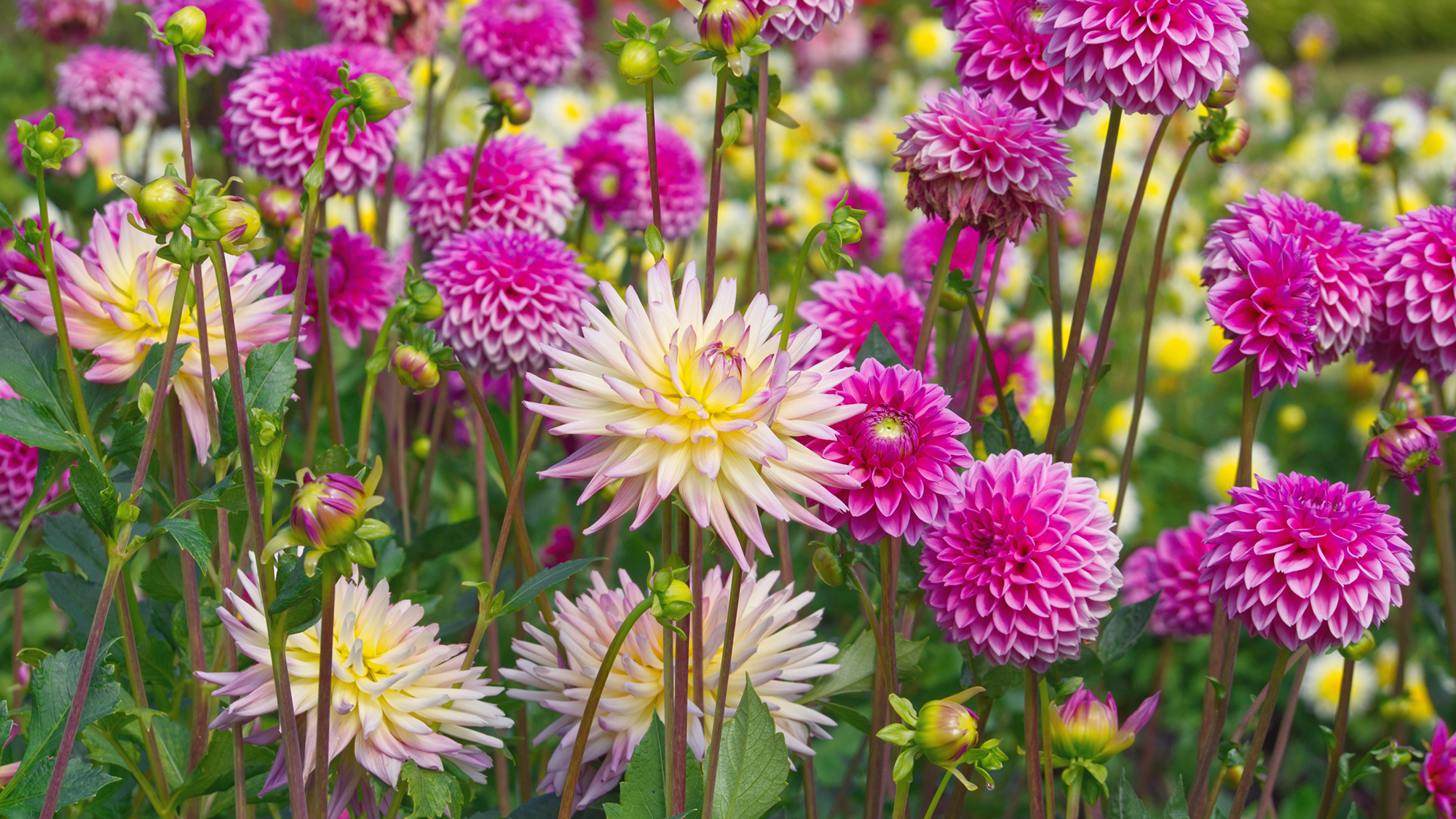
Dahlias have their fans, but more casual gardeners can also get great joy from planting this pretty flower. Recognized by their numerous fluffy petals, in rich shades across the color spectrum, dahlias don’t actually grow from bulbs but from tubers.
You’ll want to bury the tubers a few inches under the ground for best growth, but in an area with plenty of direct sunlight. They will root and grow similarly to potatoes and so enjoy the warmer, thawed soil of April. So, by planting in early spring, you can set yourself up to enjoy those vibrant blooms throughout the summer.
Top tip
If you live in a colder climate, be wary of planting your dahlias too early. They can be sensitive to frost, so it might be safer to wait until later in the month when that risk has passed. You’ll also want to dig up the tubers after the first fall frost, so they can overwinter indoors and be ready for spring again next year. Gardeners in zones 7-9 shouldn’t need to worry about this, as the ground should stay warm enough year-round.
3. Delphiniums
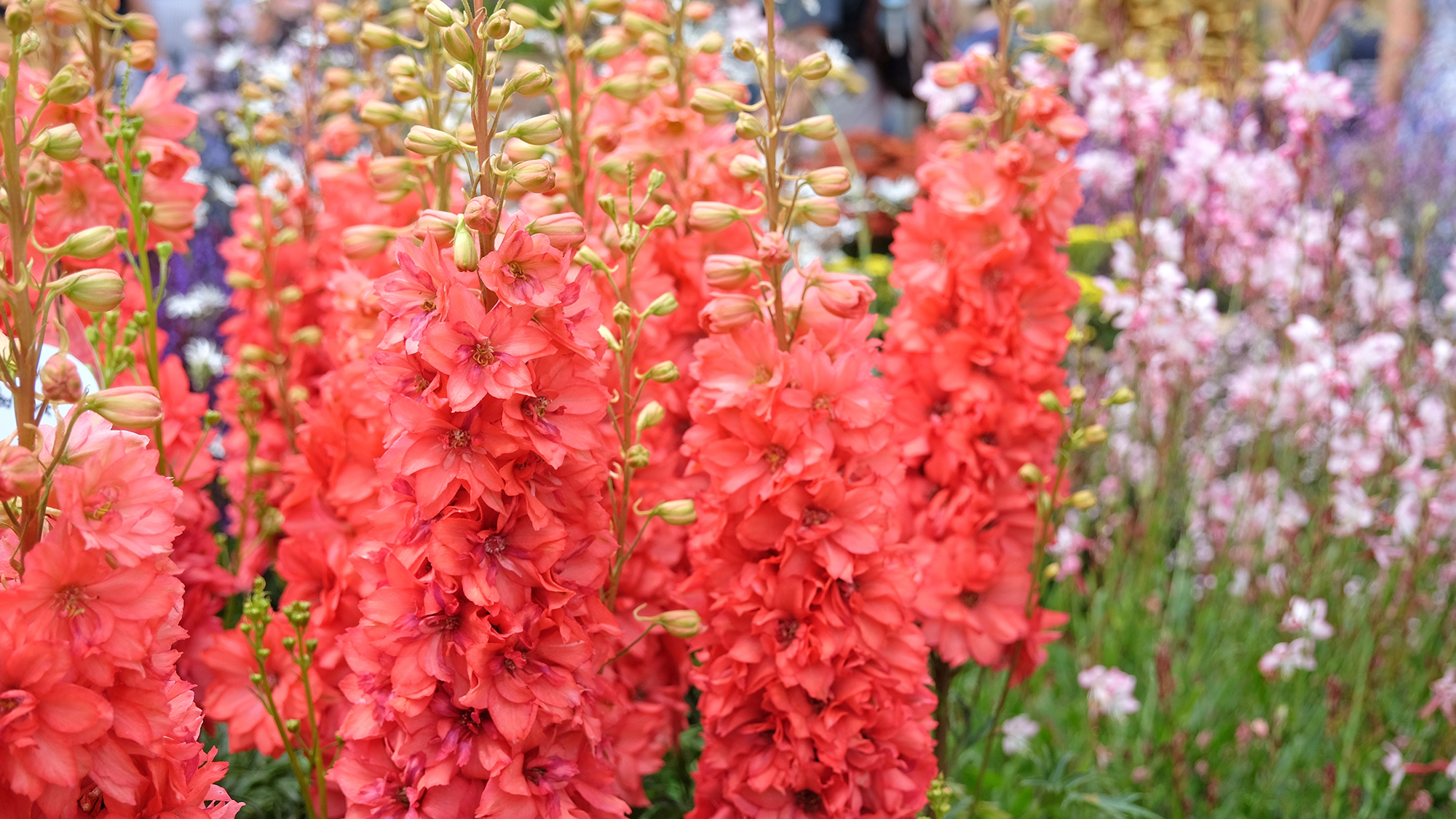
Delphiniums are striking additions to any garden, with their array of long spikes covered in small, colorful blooms. They are most commonly found in shades of blue but also found in a mix of other colors.
Delphiniums have a long blooming season, beginning in late spring and lasting well into the summer, and should live for about 3-5 years. They should be planted outdoors during early spring, but only after having been sown from seed several weeks earlier. If you didn’t start your own seeds approximately 10 weeks before the last frost, you’re better off buying young plants and transplanting them directly into your yard. Select a spot with sunny mornings and shadier afternoons, ideally with well-draining and loamy soil.
Top tip
Since many species of delphinium can grow several feet tall, you will likely need to stake them as they mature. If your plant drops its flowers in mid-summer, you may be able to get a second bloom by pruning old stalks immediately afterwards.
4. Black-eyed Susans
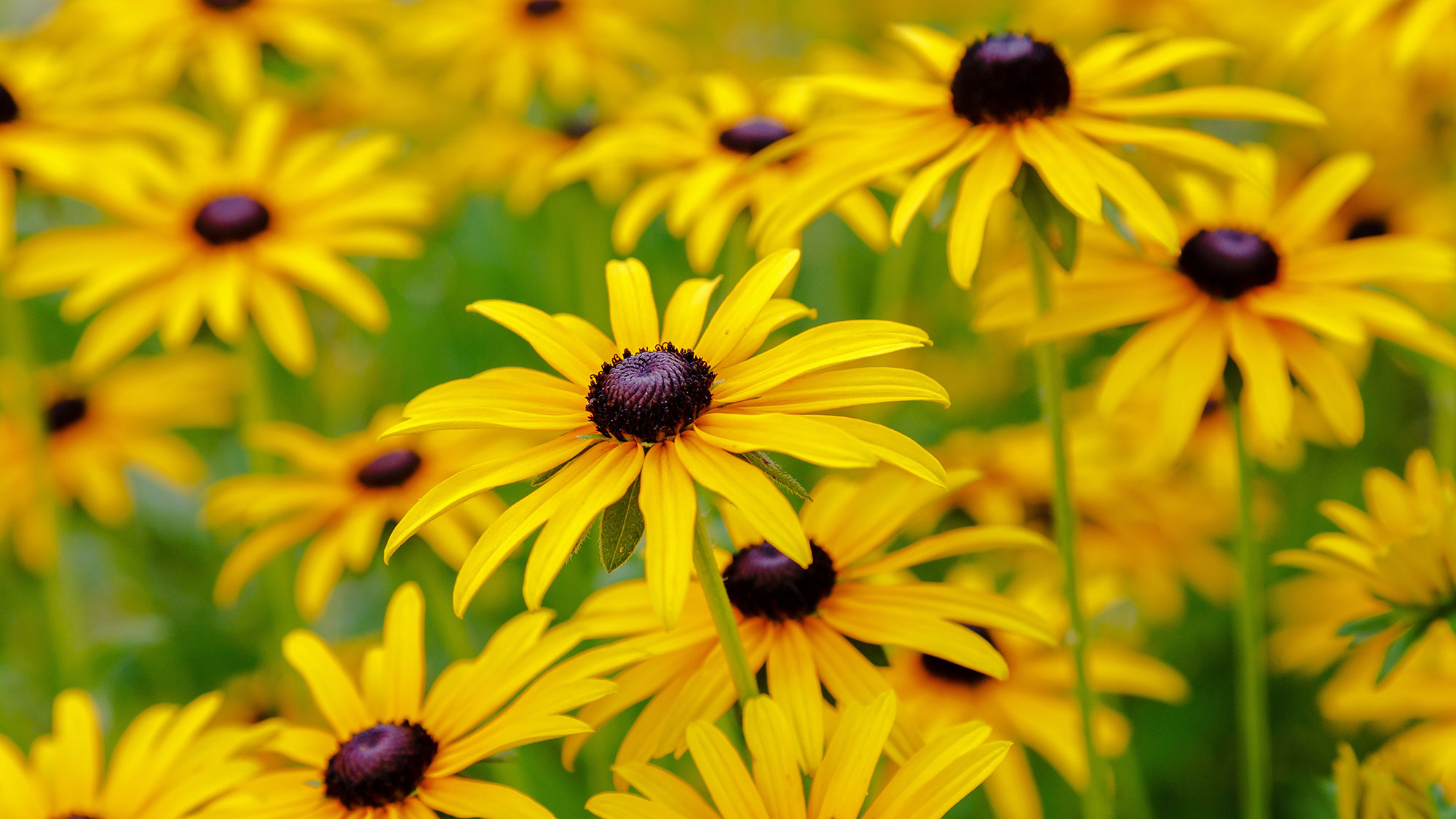
Looking a bit like a cross between daisies and sunflowers, black-eyed Susans feature long yellow petals around deep brown centers. Although they share their coloring with sunflowers, these plants are much smaller and usually grow between 1 and 3 feet tall.
Thanks to their relatively large centers, black-eyed Susans will self-seed each season unless you deadhead them, ensuring that you can enjoy a large crop every year. It also makes this wildflower very popular with pollinators like bees and butterflies, once the blooms have emerged from June onwards. You can use black-eyed Susans in borders, as part of larger landscapes, in butterfly gardens or in containers.
To grow from seed, begin about 6 weeks before the last frost— if you live in a cold climate, this might be early April. Otherwise, you can buy young seedlings and plant them directly into the soil, approximately 18 inches apart. Not all varieties of black-eyed Susans are perennials, so check before you make your purchase.
5. Columbine
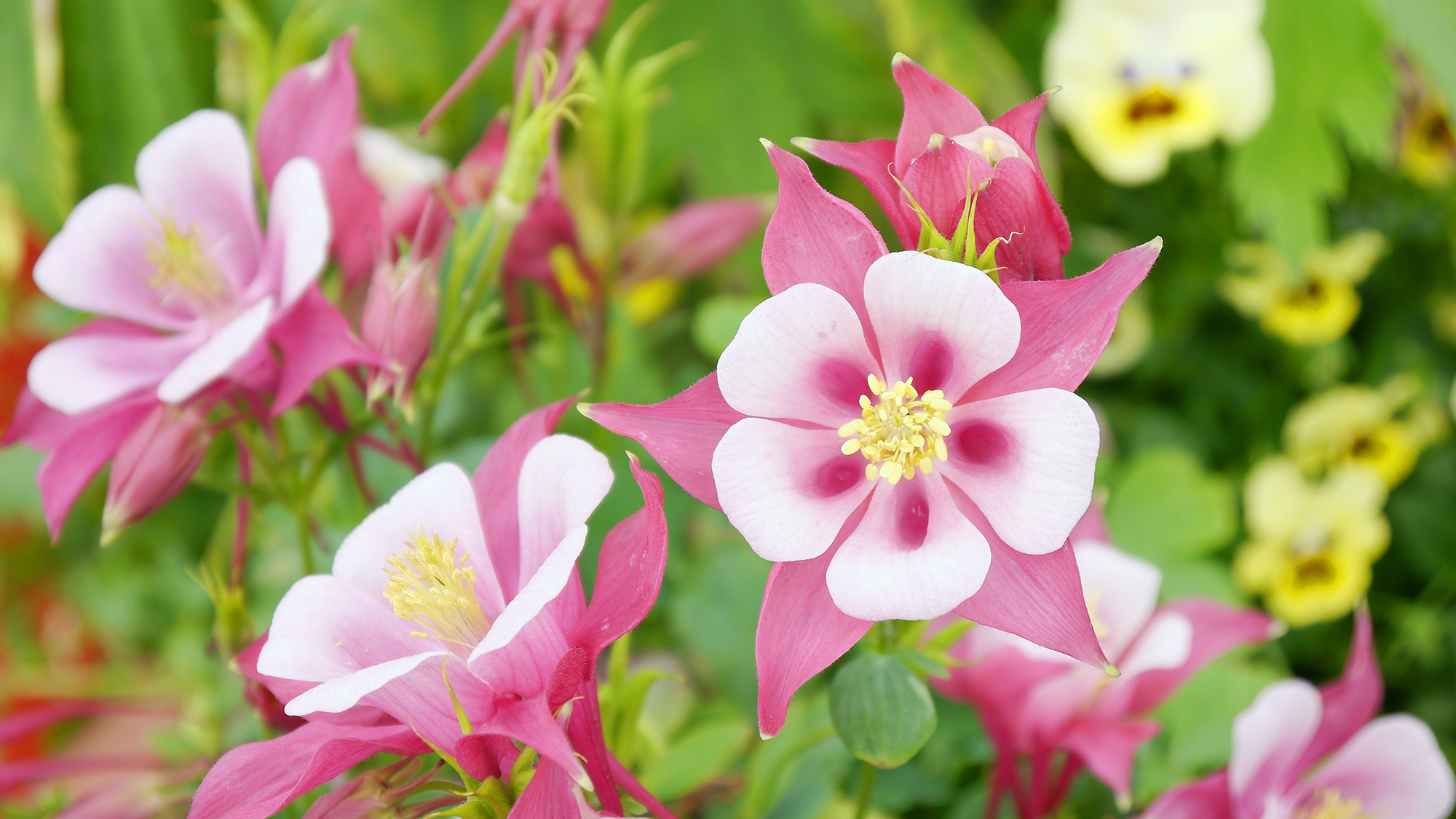
Columbine blooms have a distinctive look, with two tiers of petals that usually come in contrasting colors. You can find varieties in all shades of the rainbow, as well as in both dwarf and large sizes. The small leaves are reminiscent of parsley and the plant features long, thin stems that can reach up to 3 feet in height, creating a delicate effect.
Since columbine flowers early in the year and prefers cool yet sunny conditions, early spring is the perfect time to sow these seeds. Scatter directly onto the soil and leave exposed to the sun to promote germination. If you do live in a warmer climate, take extra care to grow the plant in partial shade to better protect it from extreme heat. You can also start these seeds indoors, if your soil is too hard in early April. Just ensure they get sufficient sunlight for germination, up to 16 hours a day — which might require a grow light.
6. Strawflowers
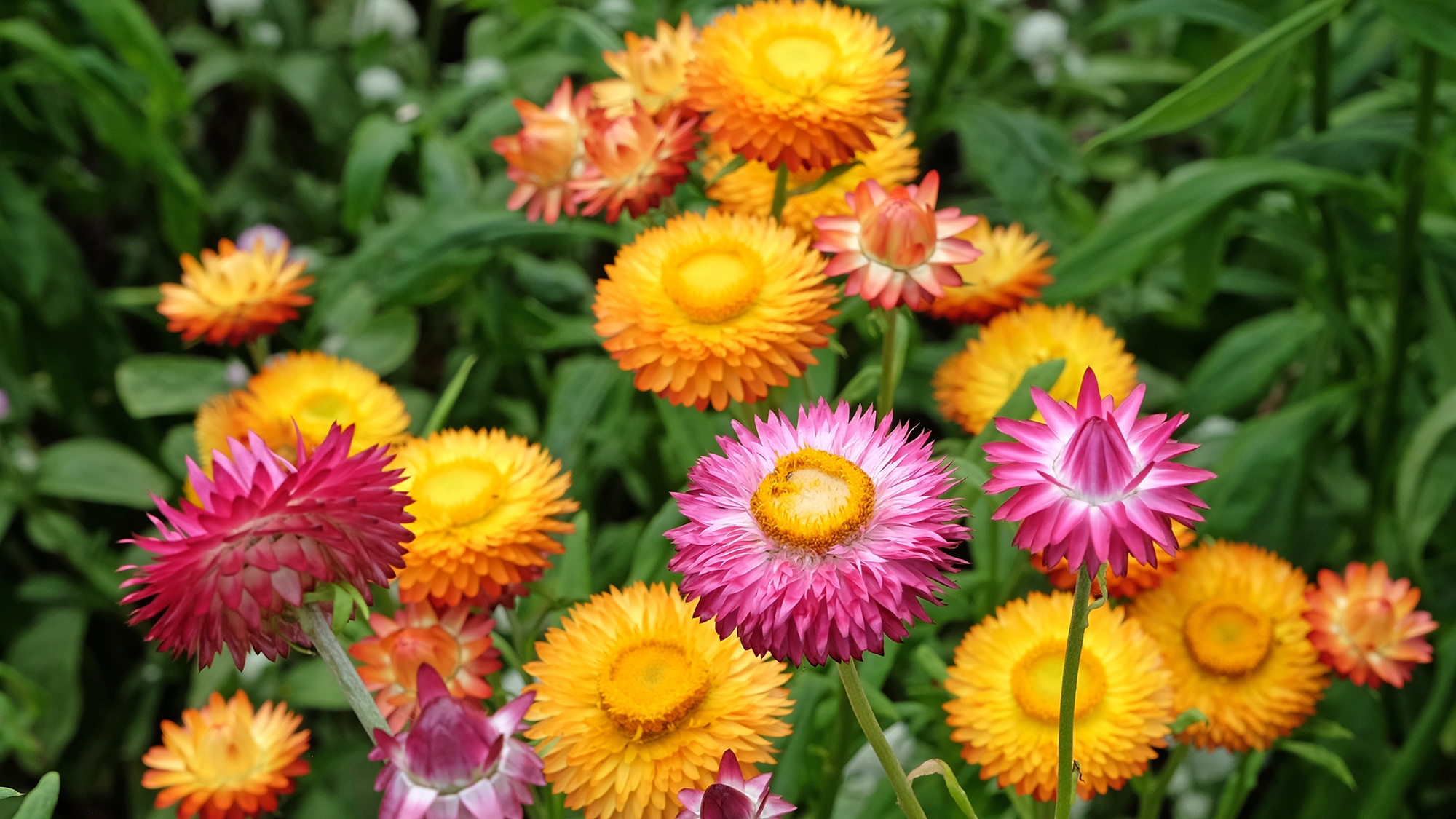
Not to be confused with sunflowers, strawflowers are becoming increasingly popular thanks to their attractive look even when dried. The blooms are small and compact, featuring numerous tiny petals clustered around a large seed center. Often, the petals and centers are in contrasting colors, with some species having a pretty ombre effect across the petals. Their slight variation in size and color can also make for a stylish bouquet, without the need for additional plant species. Since they can tolerate poor soils and are relatively low maintenance, they are an appealing choice to gardeners of all levels.
To grow your own strawflowers, wait until the last frosts and then directly sow the seeds outdoors. Alternatively, if you live somewhere with a short growing season, begin by starting them indoors 3-5 weeks before the last frost, then transplant the seedlings after the frost has passed. Strawflowers should be spaced up to a foot apart, since they will grow outwards as well as upwards to about 4 feet.
7. Daylilies
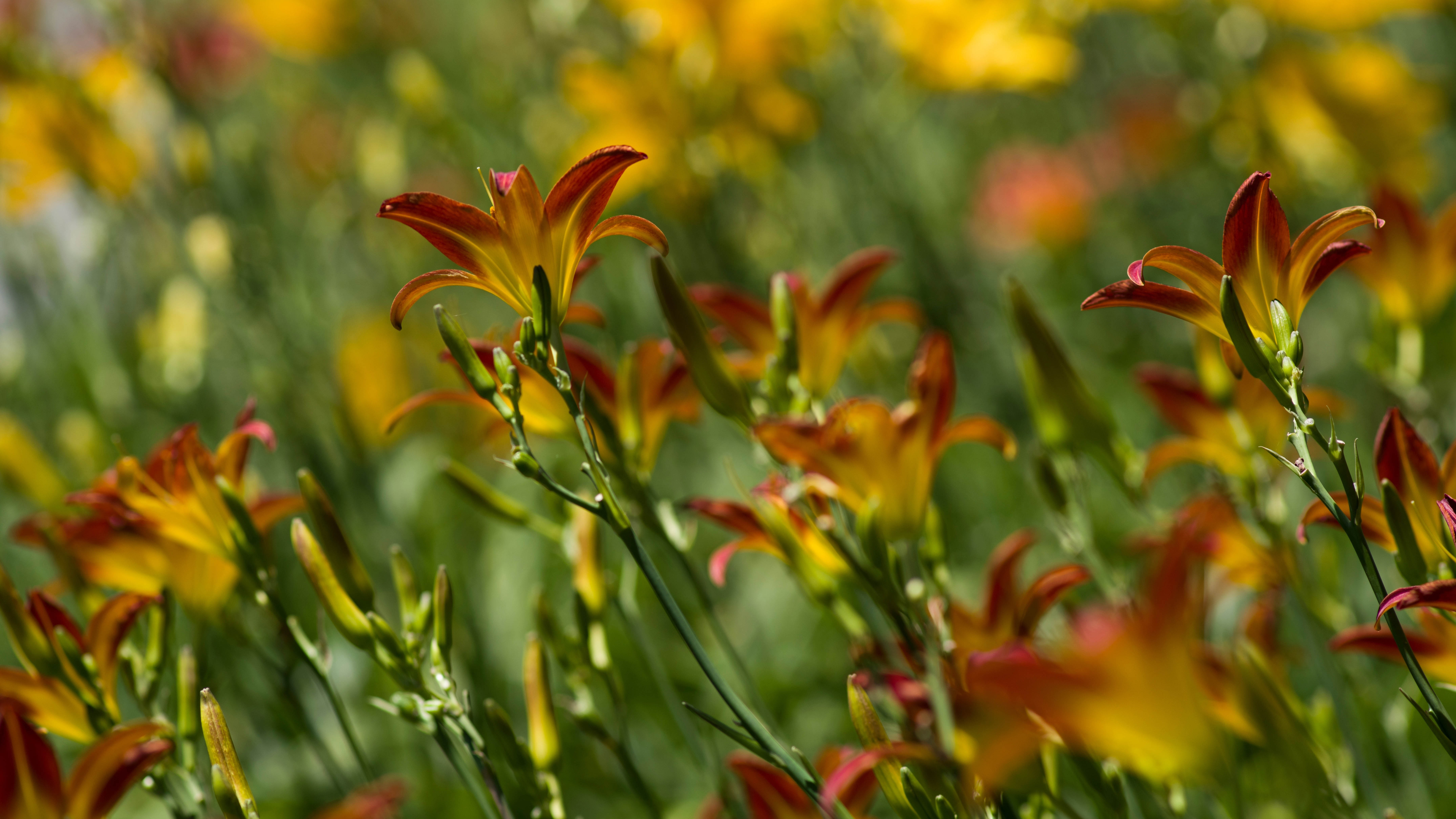
Daylilies are a reliable choice for summer blooms, since they are fast-growing and have a long lifespan if properly taken care of. They are able to thrive in a wide range of climates, are drought-tolerant and come in lots of bright colors, including the most recognizable yellow Stella D’oro variety.
You can even plant them in your butterfly garden as they attract many pollinators, but avoid planting them if you have cats, as they are toxic to felines. Daylilies can be spaced out a few feet apart and will slowly grow together over a decade or so, or you can plant them closer together for more dense clumps of flowers.
To grow from seed, begin by stratifying the seeds for 30 days in a dark, cool place. Some seeds may germinate during this process. Plant the seeds in a container with enough depth to support root growth, then keep the soil moist. Seedlings can be transplanted outdoors in early summer, once they’ve established themselves in their indoor containers.
8. Evening primroses
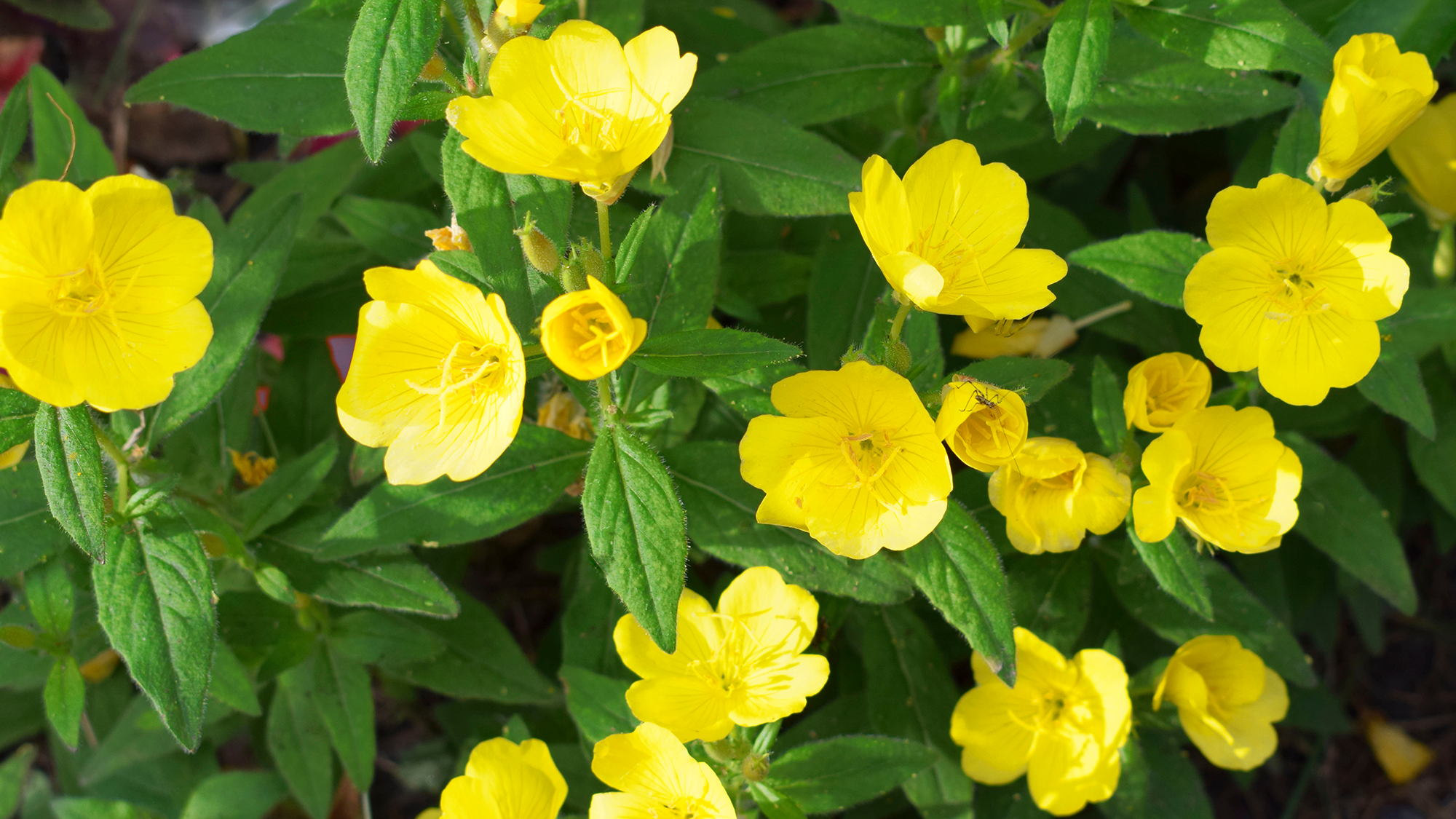
Evening primroses are loved for their delicate, pale-colored flowers that open fully towards the end of the day — hence their name. This plant grows quite low to the ground and usually peaks at about a foot tall, making it a good choice for ground cover as well as a more dramatic display.
Primrose will grow more flowers if it is exposed to more sunlight, so opt for a shadier patch if you’re hoping for green cover with only a few decorative blooms; for a swathe of pretty flowers, plant in brighter light. You can sow these seeds directly into the soil in early April, as they prefer a cooler environment for germination. It can take 3-6 weeks for the seeds to germinate, so keep the soil moist and be patient.
9. Heleniums
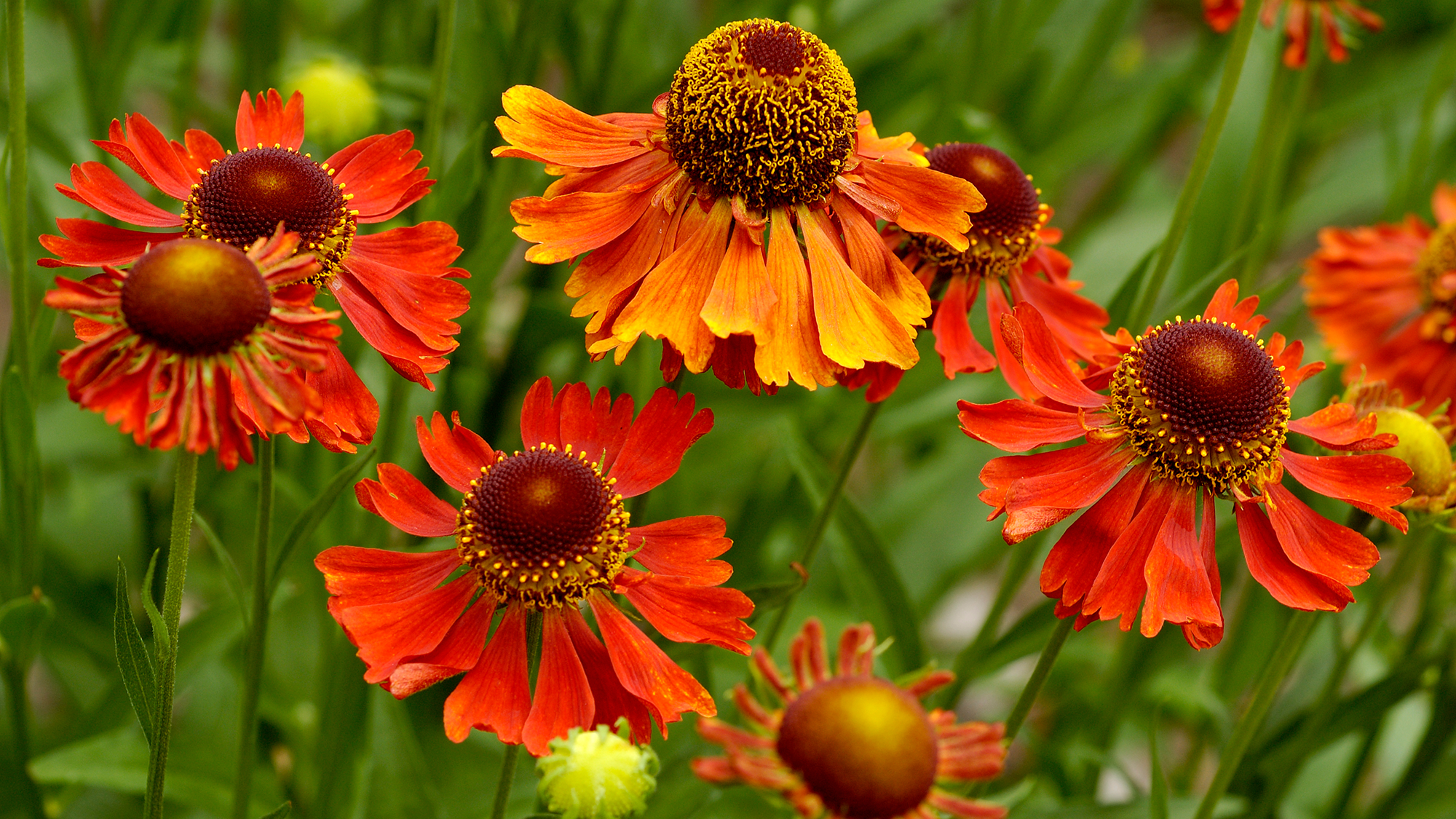
Heleniums are another daisy look-alike, although this species features warm-toned petals ranging from vibrant yellow to burnt orange and brick red. The large seed centers are quite prominent, attracting lots of pollinators during the blooming season. Since they flower later in the year, they can be a good way to keep your butterflies and bees visiting throughout the tail end of summer.
The blooms form on the top of long stalks that can reach up to 4 feet tall, with long thin leaves along the stem. Heleniums, also known as sneezeweed, prefer to be planted in full sun and in fertile soil, so consider supplementing your garden with compost before planting. Soil should be well-draining but still moist, so avoid this species if you live in a particularly dry climate.
It is common to grow heleniums from bare roots, which should be planted in early spring. Make sure to water regularly to keep the soil moist, even in dry weather. Keep in mind that these plants may not flower fully in their first year, but should still produce some blossoms. If the plant is getting too leggy for your liking, pinch back some of the newer growth in late spring.
Madeleine Streets is a writer and content manager based in New York City. She covers an eclectic mix of lifestyle, technology, finance and health and has been published in Tom's Guide, Women's Wear Daily, SELF, Observer, Footwear News and others. Originally from London, Madeleine has a penchant for tea, baking and moody weather. When she’s not writing, you can find her exploring the city’s bookstores, hunting down new restaurants, fostering cats and cheering on Arsenal FC.
You must confirm your public display name before commenting
Please logout and then login again, you will then be prompted to enter your display name.
